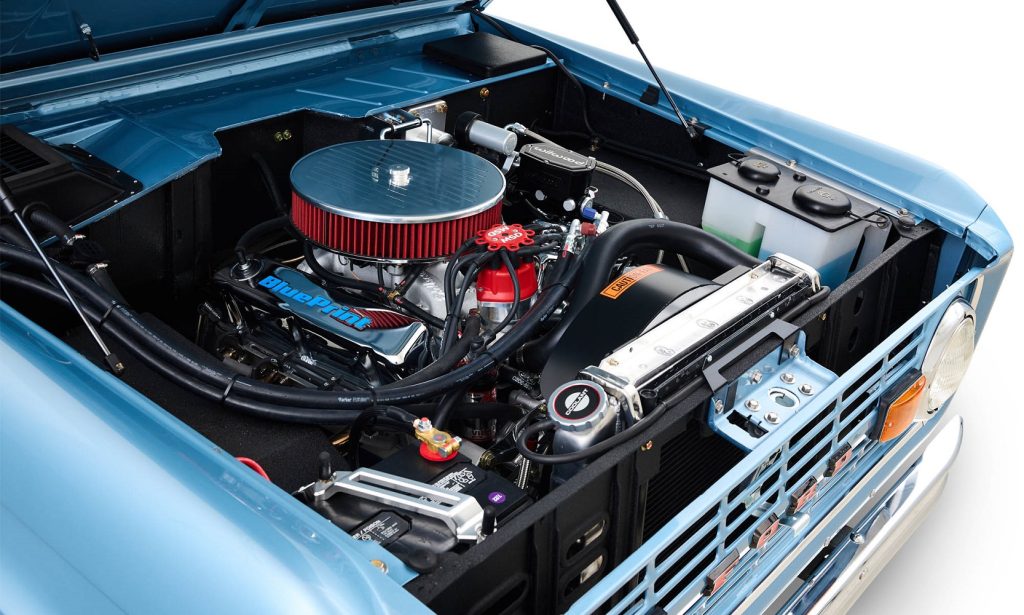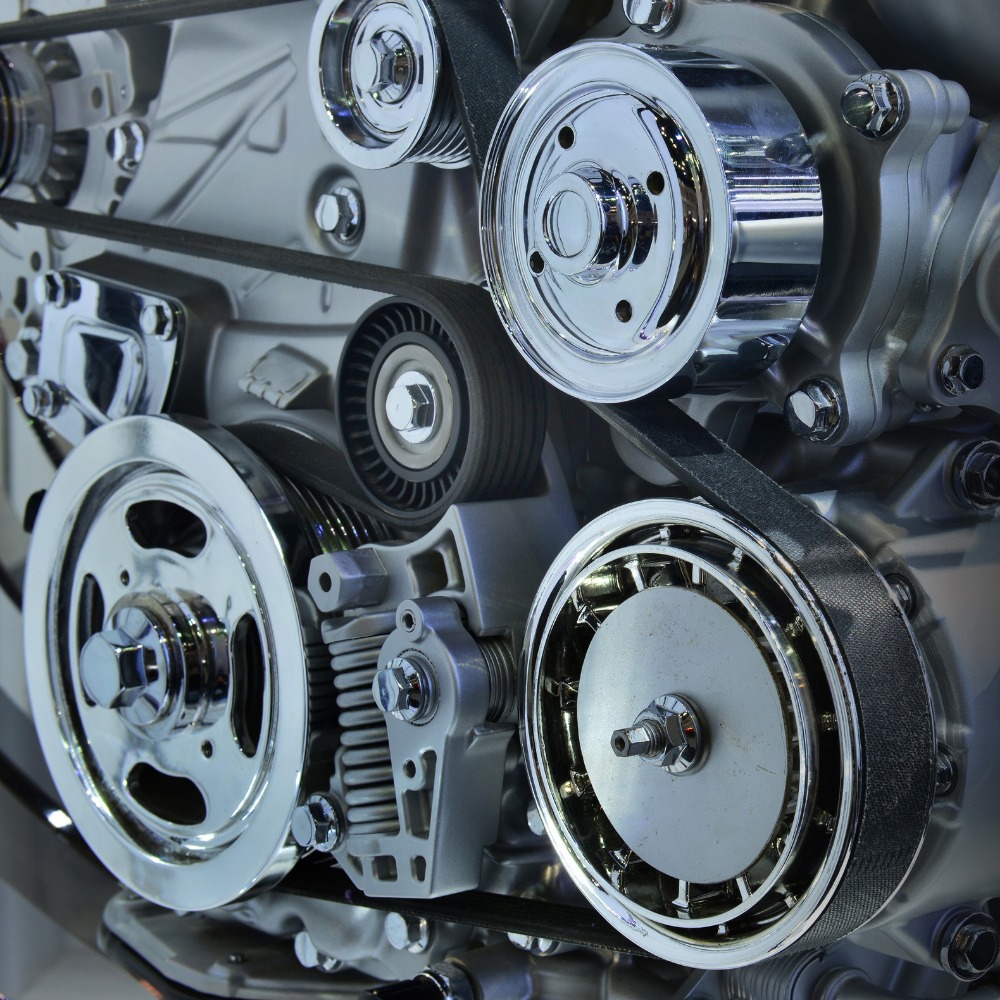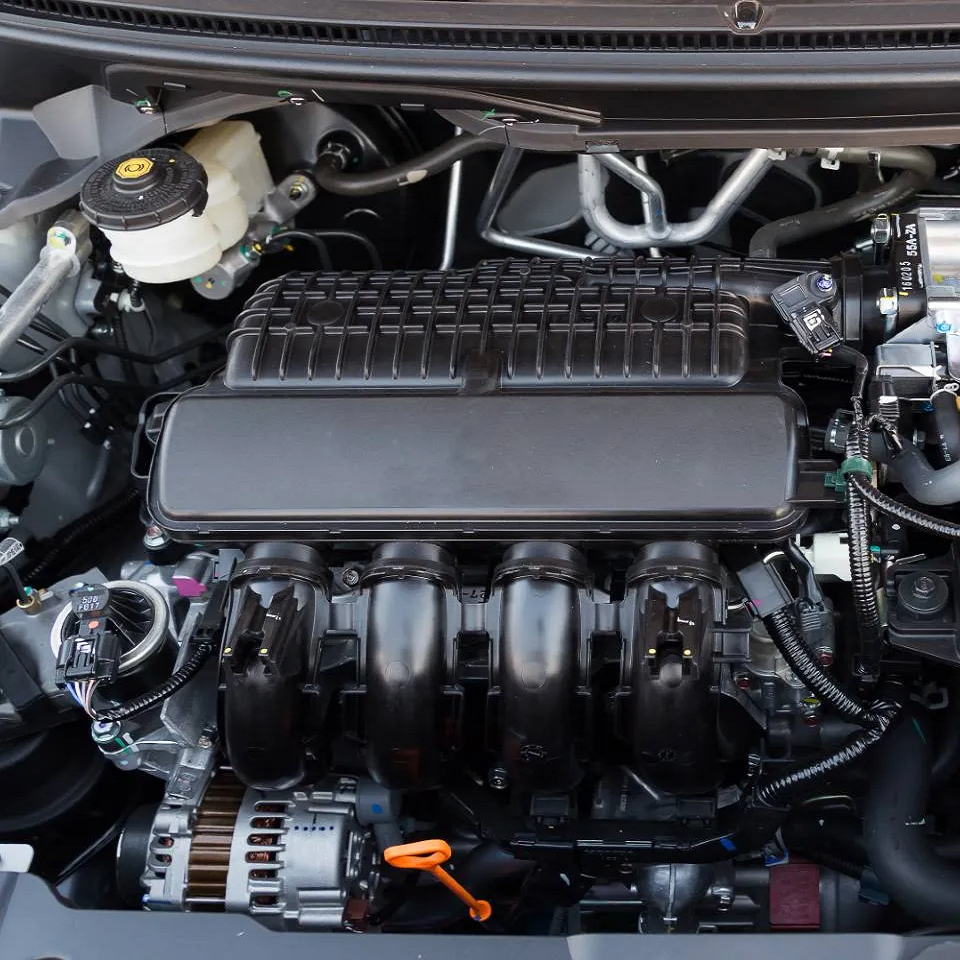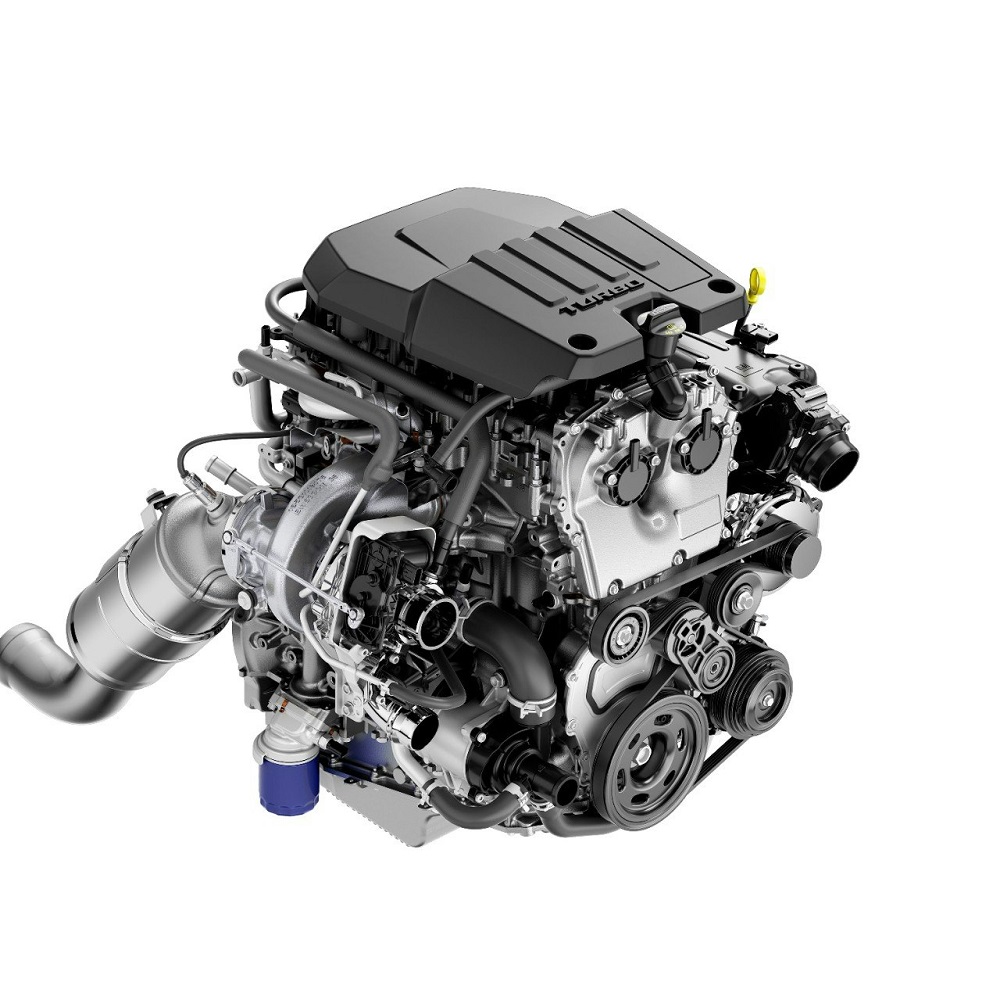The car engine is a vital component that drives modern transportation. Its function affects everything from performance and fuel efficiency to emissions and operating costs. Understanding the different types of engines and the technologies that power them can provide valuable insights for car buyers and enthusiasts alike. This article explores the various types of car engine, their technologies, and how they contribute to the evolution of the automotive industry.
The Basics of Car Engines
Understanding Engine Functionality
At its core, a car engine is a machine that converts fuel into mechanical energy. This process begins with the combustion of fuel, creating hot gases that drive pistons. These pistons turn the crankshaft, which ultimately powers the vehicle’s wheels. Understanding this basic functionality is essential for appreciating the intricacies of engine design and operation.
Engines can be classified by their design type, fuel source, and power generation methods. These classifications help differentiate between the various engines on the market, highlighting their capabilities, benefits, and drawbacks. For many consumers, knowing which type of engine is best suited for their needs can influence their purchasing decisions.
Key Components of an Engine
Car engines consist of numerous components that work together to ensure optimal performance. The most significant parts include the cylinders, pistons, crankshaft, camshaft, valves, and fuel injectors. Each component plays a critical role in the combustion process and how efficiently the engine operates.
For example, the cylinders house the pistons, which move up and down to create the mechanical motion necessary to drive the vehicle. Valves regulate the intake of air and fuel, as well as the exhaust of gases after combustion. Understanding these components and how they interact can provide valuable context when discussing engine types and technologies.

Types of Car Engines
Internal Combustion Engines
Internal combustion engines (ICE) are the most commonly used engine type in vehicles today. These engines operate by igniting a fuel-air mixture within the cylinders, releasing energy that powers the pistons. ICEs can be further classified into two primary categories: gasoline and diesel engines.
Gasoline Engines: Gasoline engines typically have a higher RPM and deliver more horsepower than their diesel counterparts. They rely on spark plugs to ignite the fuel-air mixture, making them suitable for various applications, including passenger cars and light trucks.
Diesel Engines: Diesel engines use compression ignition, where the air is compressed to a point that it heats up enough to ignite the diesel fuel injected into the cylinder. Diesel engines are known for their durability and fuel efficiency, making them popular in heavy-duty vehicles such as trucks and buses.
Electric Engines
Electric engines have transformed the automotive industry in recent years as advancements in battery technology and environmental concerns have driven interest in electric vehicles (EVs). Unlike internal combustion engines, electric engines rely on electric motors powered by rechargeable batteries.
Battery Electric Vehicles (BEVs): These vehicles run entirely on electricity and are equipped with large battery packs. They produce zero tailpipe emissions and typically have lower operating costs compared to traditional vehicles. The development of charging infrastructure continues to improve the usability and appeal of BEVs.
Plug-in Hybrid Electric Vehicles (PHEVs): PHEVs combine internal combustion engines with electric motors, allowing users to switch between gasoline and electricity. This flexibility can ease range anxiety while still benefiting from improved fuel efficiency when driving in electric mode. Many modern vehicles offer this hybrid approach, catering to a broader range of consumers.
Hybrid Engines
Hybrid engines represent a middle ground between traditional and electric engines. They utilize both an internal combustion engine and an electric motor to improve fuel efficiency and reduce emissions. Hybrid systems rely on regenerative braking, capturing kinetic energy during braking to recharge the battery.
Parallel Hybrids: In parallel hybrid systems, both the gasoline engine and the electric motor can power the vehicle simultaneously or independently. This arrangement allows for greater efficiency and flexibility, particularly during city driving.
Series Hybrids: In this configuration, the gasoline engine serves primarily as a generator for the electric motor. The internal combustion engine is not connected to the wheels but instead produces electricity to recharge the battery while the electric motor drives the vehicle. This arrangement can maximize efficiency, particularly on longer trips.

Advances in Engine Technology
Turbocharging
Turbocharging is a technology that enhances the power output of an engine without significantly increasing its size. By forcing more air into the combustion chamber, turbochargers enable the engine to burn more fuel, resulting in increased horsepower and torque.
Many modern gasoline and diesel engines incorporate turbocharging to improve performance and fuel efficiency. This innovation allows manufacturers to produce smaller, lighter engines while maintaining high power levels. As a result, turbocharged engines have become increasingly popular across various vehicle categories.
Direct Fuel Injection
Direct fuel injection is another significant technological advancement in modern engines. This system injects fuel directly into the combustion chamber at high pressure, rather than mixing it with air in the intake manifold. This method allows for more precise control of the fuel-air mixture, leading to improved combustion efficiency and power output.
Direct injection can contribute to lower emissions and higher fuel economy. Many new vehicles come equipped with this technology, making it a standard feature in many performance-oriented engines. The improved efficiency and responsiveness of direct fuel injection systems enhance the driving experience while addressing environmental concerns.
Variable Valve Timing
Variable valve timing (VVT) is a system that optimizes engine performance under various conditions. By adjusting the timing of the opening and closing of the engine’s valves, VVT can improve power, fuel efficiency, and emissions across a broader range of driving situations.
This technology allows for better airflow into the engine at different RPMs, making it more responsive during acceleration and improving overall engine efficiency. Many manufacturers now utilize VVT in their engines, highlighting its significance in the automotive industry. The implementation of such technologies showcases how modern engines are designed to perform at their best.

Choosing the Right Engine for Your Needs
Assessing Your Driving Habits
When considering a vehicle, it is essential to evaluate your driving habits to determine the best engine type for your needs. If you primarily drive short distances in urban settings, a hybrid or electric engine may provide the most significant benefits in terms of fuel efficiency and emissions.
For those who frequently embark on long road trips or require more power for towing, a traditional gasoline or diesel engine may be the best choice. Understanding your driving lifestyle helps narrow down the options and ensures a more satisfying driving experience.
Evaluating Performance and Efficiency
Performance and fuel efficiency are two critical factors to consider when selecting an engine. Each engine type offers different power outputs and efficiency ratings. If high performance is your priority, an engine with turbocharging or a more powerful internal combustion engine may be more suitable.
Conversely, if fuel efficiency and lower environmental impact are your primary goals, consider hybrid or electric models. Many hybrids provide an excellent balance between performance and economy, while electric vehicles offer impressive torque and responsiveness. Taking the time to evaluate your priorities ensures you select the right engine for your next vehicle.

Understanding Maintenance Requirements
Recognizing Maintenance Needs
The type of engine you choose will influence your vehicle’s maintenance requirements. Gasoline engines typically require regular oil changes, air filter replacements, and spark plug inspections. Staying on top of these tasks is crucial for maintaining performance and preventing costly repairs.
Diesel engines may have different maintenance demands, such as attention to fuel filters and periodic checks of the turbocharger. Similarly, hybrid engines require specialized maintenance that may include inspecting battery systems and electrical components.
Importance of Regular Servicing
Regardless of the engine type, regular servicing is key to keeping your vehicle running smoothly. Following the manufacturer’s guidelines for maintenance schedules helps ensure that your engine remains in optimal condition. Scheduling routine inspections can help identify potential issues before they escalate into more severe problems.
Fostering a relationship with a trusted mechanic can provide valuable insights into engine care. Mechanics can offer advice specific to your vehicle’s engine type and help you understand its unique needs. This proactive approach to maintenance will save you time and money in the long run.
Future Trends in Engine Technology
Innovations on the Horizon
The automotive industry is constantly evolving, with new technologies emerging that promise to change how we view car engine. Electric and hybrid powertrains are becoming increasingly sophisticated, with improvements in battery technology leading to longer ranges and faster charging capabilities. This shift is expected to continue as manufacturers invest more in electric vehicle development.
Hydrogen fuel cells are another area of interest. These systems produce electricity by combining hydrogen with oxygen, emitting only water vapor as a byproduct. Many automakers are exploring hydrogen technology as a clean alternative to traditional engines, offering an intriguing glimpse into the future of automotive power.
Emphasis on Sustainability
As global concern for environmental issues grows, sustainability is becoming a central focus in the automotive industry. Stricter emissions regulations are pushing manufacturers to prioritize fuel-efficient and clean engine technologies. Innovations that improve energy efficiency and reduce carbon footprints will be pivotal in the coming years.
Consumers are also increasingly interested in environmentally friendly options when purchasing vehicles. Automakers are responding to this demand by producing more electric and hybrid models, as well as incorporating sustainable materials and komponen otomotif into their designs. This trend is reshaping the landscape of the auto industry, propelling a shift toward a cleaner, greener future.

Conclusion
In summary, the engine is the heart of any vehicle, as it determines performance, efficiency, and overall driving experience. Understanding the different types of car engine and their respective technologies can significantly influence purchasing decisions. Whether you are considering gasoline, diesel, electric, or hybrid engines, each option has unique advantages and features.
By evaluating your driving habits, performance needs, and maintenance requirements, you can select the right engine type for your lifestyle. As you navigate the evolving landscape of automotive technology, keep an eye on innovations that promise to shape the future of driving.
Ultimately, the choice of engine impacts not only your vehicle’s performance but also your experience on the road. Embrace the opportunity to explore your options and invest in an engine that enhances your driving journey. By making informed decisions, you can enjoy the benefits of modern automotive technology while contributing to a more sustainable future.